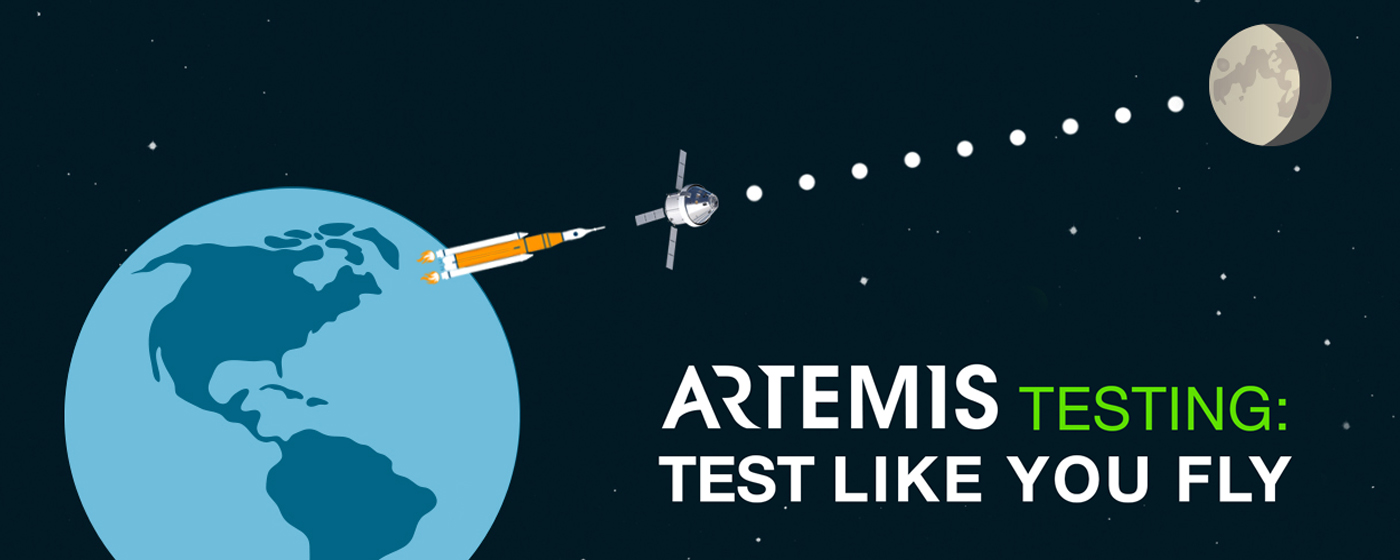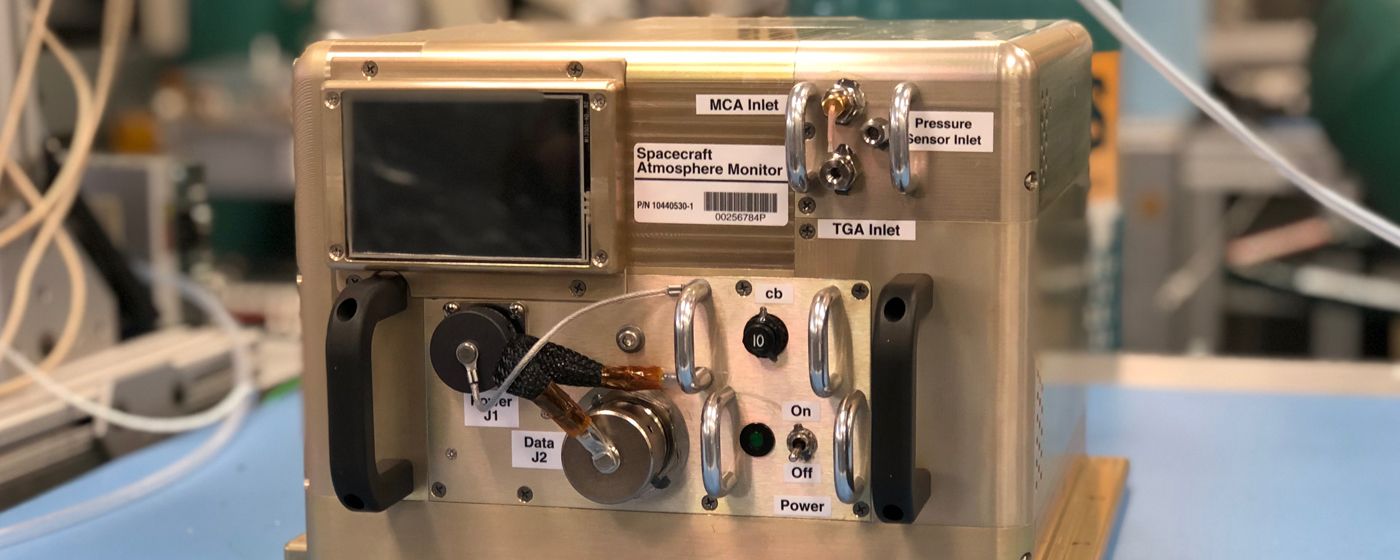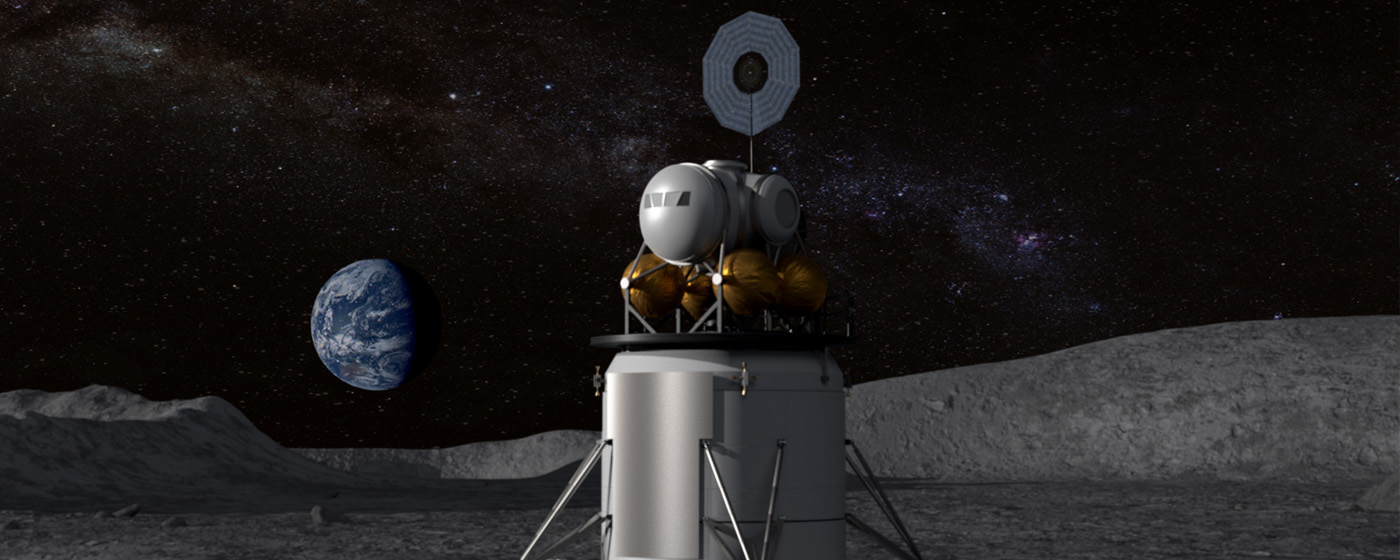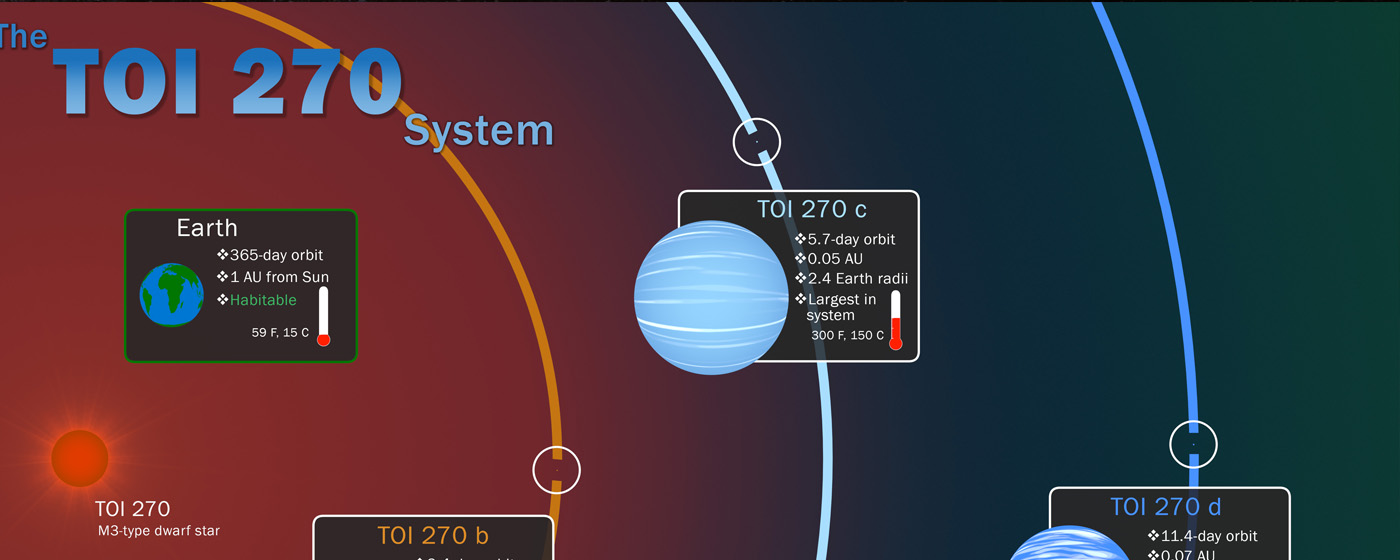Week of July 29 – August 2, 2019
Test Like You Fly: What Is Green Run?
Before NASA’s deep space rocket, the Space Launch System, launches to send NASA’s Orion spacecraft to the Moon, its core stage design will be tested in a series of tests called green run. The components of the rocket’s massive, 212-foot-tall core stage — the same flight hardware that will send Artemis 1 to the Moon — will operate together for the first time.
NASA’s Spacecraft Atmosphere Monitor Goes to Work Aboard Space Station
One of the most important conditions associated with crew health during spaceflight is air quality. Trace gas contaminants in the crew environment can have effects ranging from immediate discomfort to long-term health conditions. NASA’s Spacecraft Atmosphere Monitor will continuously monitor the major components found in air — oxygen, carbon dioxide, nitrogen and methane, and humidity levels in real-time.
NASA Announces US Industry Partnerships to Advance Moon, Mars Technology
As NASA prepares to land humans on the Moon by 2024 with the Artemis program, commercial companies are developing new technologies, working toward space ventures of their own, and looking to NASA for assistance. NASA’s Marshall Space Flight Center in Huntsville, Alabama, is part of six of the 19 partnerships that will mature industry-developed space technologies and help maintain American leadership in space.
Perseid Meteor Shower will Peak Aug. 12
The Perseid meteor shower is often considered to be one of the best meteor showers of the year due to its high rates and pleasant late-summer temperatures. Perseid meteors, caused by debris left behind by the comet Swift-Tuttle, began streaking across the skies in late July and will peak on the night of Aug. 12.
NASA’s TESS Mission Scores ‘Hat Trick’ With 3 New Worlds
NASA’s newest planet hunter, the Transiting Exoplanet Survey Satellite, has discovered three new worlds — one slightly larger than Earth and two of a type not found in our solar system — orbiting a nearby star. The planets straddle an observed gap in the sizes of known planets and promise to be among the most curious targets for future studies.
For more information or to learn about other happenings at NASA’s Marshall Space Flight Center, visit NASA Marshall. For past issues of the ICYMI newsletter, click here.





























